by Bill Hadley, UNeMed | Sept. 17, 2012
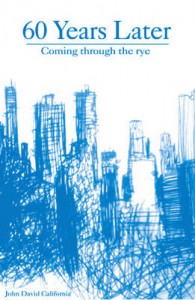
In 2009, Fredrik Colting attempted to publish 60 Years Later: Coming Through the Rye, a thinly-veiled sequel to The Catcher in the Rye, by J.D. Salinger.
In 2009, Swedish author Fredrik Colting (under the pen name J.D. California) attempted to publish a book titled 60 Years Later: Coming Through the Rye. Unfortunately, Coming Through the Rye, was a thinly-veiled sequel to the 1951 classic, The Catcher in the Rye, by J.D. Salinger. Both novels are set in New York, feature the same characters (though identified differently – Holden Caulfield is called “Mr. C”, for example), and feature similar events. Salinger sought to prevent Colting from publishing the sequel and sued him for copyright infringement. Salinger eventually won, but Through the Rye illustrates complex issues about the scope of our copyright system.
1. Copyrights promote the progress of science and the useful arts
How far, exactly, does Salinger’s copyright in The Catcher in the Rye extend? Does it allow Salinger to prohibit others from using similar story arcs, characters, or themes? Conversely, Through the Rye can easily be viewed as a simple cash grab – that Colting simply sought to take advantage of the popularity of Catcher in order to “take the easy way out” in writing his own novel. Should this be permitted? Where do courts draw the line in determining whether Colting was merely “inspired by” Salinger, commenting on Salinger, or whether he was flat-out copying him? Don’t all stories, to some extent, build on their predecessors?
These are not easy questions to answer, and they strike at the heart of the copyright system. Copyrights, along with patents, are explicitly implemented by the Constitution to promote the “progress of science and the useful arts”. But is that really happening here? Some would argue that Salinger’s copyright is inhibiting creative progress by sabotaging Colting’s ability to publish his own work. Others would argue that it is functioning perfectly because Colting’s work is not creative at all: it simply exploits the creativity of Salinger. Copyrights are necessary, this latter group would argue, to protect the original author’s interest in his creation and to maintain the sanctity of the creative work.
Be under no illusions – I don’t have the space to faithfully examine these (extremely controversial) issues here. But, by providing the framework for how the copyright system operates, I can hopefully provide a basis for you to reach your own educated conclusion.
2. Works that may be copyrighted
Under 17 USC § 102(a), a copyright may be granted to:
Any original work of authorship fixed in a tangible medium of expression, now known or later developed, from which [the original work of authorship] can be perceived, reproduced, or otherwise communicated, either directly or with the aid of a machine or device.
Using this definition, 17 USC § 102(a) illustrates the types of work that are eligible for copyright protection:
- Literary works
- Musical Works
- Dramatic Works
- Pantomimes and choreographic works
- Pictorial, graphic, and structural works
- Motion pictures
- Sound recordings
- Architectural works
Pointedly, 17 USC § 102(b) explicitly disclaims ideas, procedures, processes, systems, methods of operation, concepts, principles, or discoveries from copyright protection. In other words, a copyright only extends to the expression of an idea, not to the idea itself. Thus, an author may have a copyright on a novel exploring teenage angst, but the copyright only extends to the expression of teenage angst provided in that novel, not to all novels displaying teenage angst.
3. Exclusive rights are granted by a copyright
Under 17 USC § 106, the owner of a copyright has the exclusive right to do the following with the copyrighted work for the life of the author, plus an additional 70 years:
- To reproduce the copyrighted works
- To prepare derivative works
- To distribute copies of the work
- To perform the copyrighted work publicly
- To display the copyrighted work publicly
- To perform the copyrighted work publicly by means of a digital audio transmission.
Unfortunately, the way these exclusive rights work in practice is not at all obvious. In fact, there are far too many nuances to these rights to describe in detail here. For a more in-depth explanation, check out this article.
4. Unauthorized use leads to copyright infringement
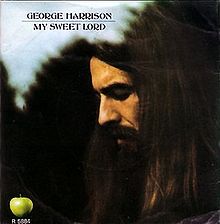
Ronnie Mack sued George Harrison for copyright infringement over Harrison’s 1970 hit “My Sweet Lord”. Compare the works here.
Simply put, a copyright is infringed when there is an unauthorized use of one of the exclusive rights from 17 USC § 106. Sometimes this determination is easy – often it is clear if an unauthorized party is distributing or displaying a copyrighted work. On the other hand, it is much more difficult, in many cases, to determine whether someone is actually reproducing a copyrighted work.
To resolve this issue, courts generally apply some form of the “substantial similarity” test. Determining whether the reproduction right of a copyright has been infringed, however, is actually quite complex, and application of the substantial similarity test is not a settled issue among the circuits. Therefore, for now, suffice to say that infringement of the reproduction right occurs when there has been an unauthorized copying of the material portion of a creative work.
For a comparison of a number of fascinating cases alleging infringement of a musical copyright, I highly recommend checking out the UCLA /Columbia University Music Copyright Infringement Resource.
5. Obtaining a copyright is a piece of cake
A copyright automatically vests in the author upon creation of a copyrighted work in a tangible medium of expression. So, in effect, all that is necessary to obtain a copyright is to complete work that is eligible for a copyright. It is also possible to formally register a copyright. To do so, all that is required is to complete an application form and submit a nominal 35$ fee along with a copy of the copyrighted work to be stored at the Library of Congress. Registering a copyright definitely has a number of important benefits for copyrights with commercial value.
Conclusion
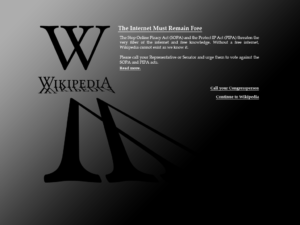
In early 2012, the Congress attempted to pass the “Stop Online Piracy Act” (SOPA) in a desire to curb internet-based copyright infringement. Due to outcry from sources like Wikipedia (shown above), the House Judiciary Committee has postponed consideration of the bill.
Copyright protection extends to original works of authorship which are fixed in a tangible medium of expression. Furthermore, the copyright only extends to the expression of the idea behind that work of authorship – not the idea itself. Simple, right? Sort of – but unfortunately things become much more complex when applying concepts like Fair Use, Works for Hire, and the First Sale or Merger Doctrines. Moreover, copyrights as applied to software can be even more troublesome, especially when placed in the context of the internet.
The fact of the matter is that copyrights (usually) make a great deal of sense when discussing tangible items like books, artwork, or sheet music (i.e. things that were around when the copyright laws were drafted). They become much more complicated when applied to the newer digital mediums. The Digital Millennium Copyright Act seeks to address some of these issues, but in many cases only makes things more complicated. Hopefully we can discuss this in a subsequent post, but for today I hope this brief summary was useful in providing an overview of this commonly muddled area of the law.
If you have any questions or comments, please do not hesitate to contact the author or leave a comment below.
Join us next week when we discuss inventorship and naming co-inventors.
|
About the Author
|
Bill is a licensing associate at UNeMed, where he handles evaluation, development, marketing, and licensing for medical device, software, and telemedicine-based invention disclosures. He received a B.S. in Chemistry from the Colorado School of Mines and a J.D. from the Creighton University School of Law. Bill is currently in training for next fall’s intramural volleyball league, where he has personally guaranteed at least one victory for the mighty UNeMed Volley Llamas. Contact Bill: Bill.Hadley@unemed.com |
Nothing in this post should be construed as legal advice. It has been developed by the UNeMed staff as an educational resource for faculty, staff, students, and other personnel associated with the University of Nebraska Medical Center. While all information contained herein has been thoroughly fact-checked, this site is provided on an “as is” and “as available” basis. Neither UNeMed nor the University of Nebraska Medical Center make any representations or warranties of any kind, express or implied, as to the site’s operation or the information, content or materials included on this site. To the full extent permissible by applicable law, UNeMed and the University of Nebraska Medical Center hereby disclaim all warranties, express or implied, including but not limited to implied warranties of merchantability and fitness for any particular purpose. Neither UNeMed nor the University of Nebraska Medical Center will be liable for any damages of any kind arising from the use of or inability to use this site. You expressly agree that you use this site solely at your own risk.

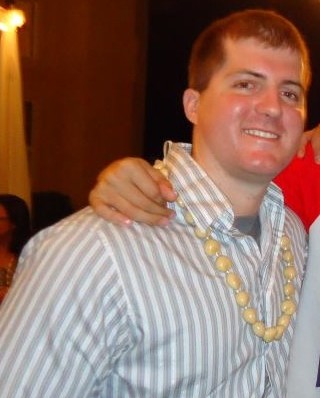

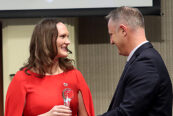





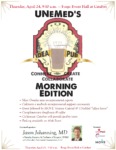
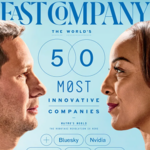
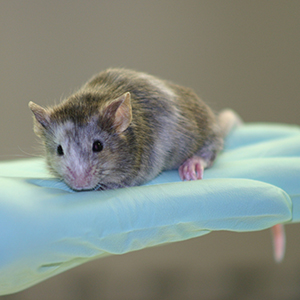
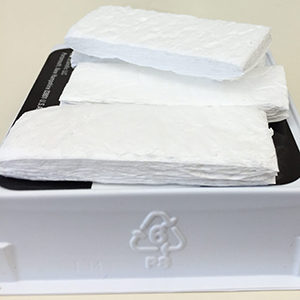
[…] Five Important Aspects of Copyrights that You Should Know In 2009, Fredrik Colting attempted to publish 60 Years Later: Coming Through…tr When a word or symbol is of a character to be appropriated, as a trademark, it becomes property which a competitor has no right to use, either alone or in connection with matter to which its owner lays no claim, without such owner’s consent. […]
[…] or other forms of expressing an idea. Intellectual property may be protected using patents, copyrights, trademarks, and trade secrets. The rights to an article of intellectual property may be bought, […]